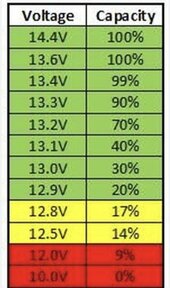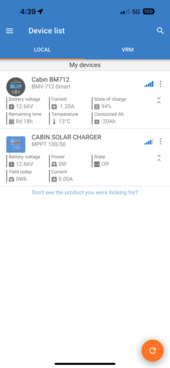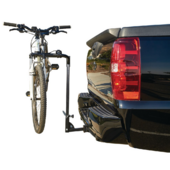I seriously thought about putting a panel on the roof. But my wife thought I was nuts ( its possible ). I admit, it might detract from the car, plus they would likely turn me away at the automatic car wash.

Truth is, if I drive the car 45 minutes per day, the alternator keeps the battery charged. If I dont drive it for 3+ days, I plug in a 4amp charger that is kept in the car. So really, a solar panel is not needed for my uses. I did consider some way to make a retractable solar panel that slides into the trunk when not needed. That may still be an option if my driving patterns change. Or maybe glue a flexible one on. So many options.

Purple Velour: I prefer dark blue.





